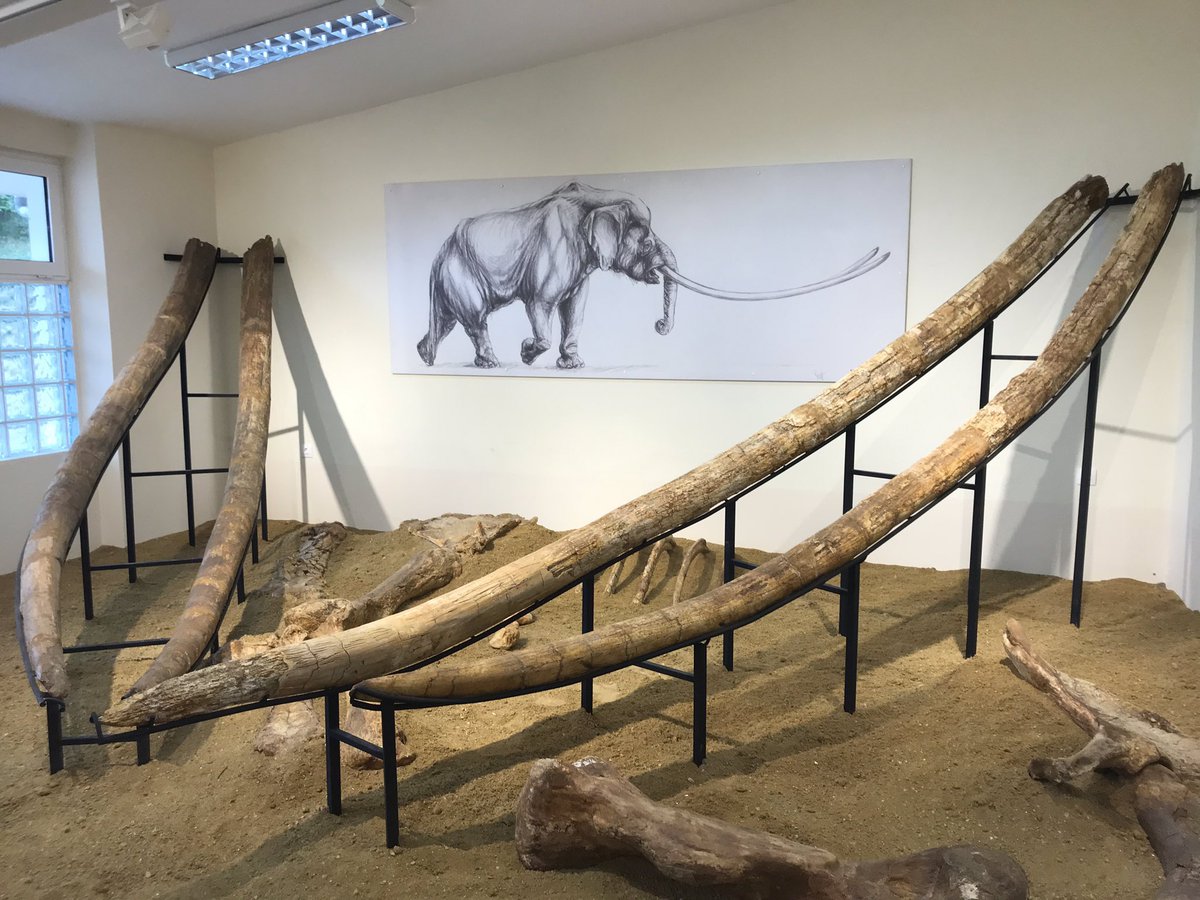
A century or so ago, Serbian scientist Milutin Milankovitch hypothesised the long-term effects of changes in Earth’s position relative to the Sun are responsible for driving shifts in ice age climate climate.nasa.gov/news/2948/mila…
“Specifically, he examined how variations in three types of Earth orbital movements affect how much solar radiation (known as insolation) reaches the top of Earth’s atmosphere as well as where the insolation reaches.”
“These cyclical orbital movements, which became known as the Milankovitch cycles, cause variations of up to 25 percent in the amount of incoming insolation at Earth’s mid-latitudes.”
The Milankovitch cycles include:
1. The shape of Earth’s orbit, known as eccentricity
2. The angle Earth’s axis is tilted with respect to Earth’s orbital plane, known as obliquity; and
3. The direction Earth’s axis of rotation is pointed, known as precession.
1. The shape of Earth’s orbit, known as eccentricity
2. The angle Earth’s axis is tilted with respect to Earth’s orbital plane, known as obliquity; and
3. The direction Earth’s axis of rotation is pointed, known as precession.
Eccentricity – Earth’s annual pilgrimage around the Sun isn’t perfectly circular, but it’s pretty close. Eccentricity measures how much the shape of Earth’s orbit departs from a perfect circle. These variations affect the distance between Earth and the Sun.
“Eccentricity is the reason why our seasons are slightly different lengths, with summers in the N Hemisphere currently about 4.5 days longer than winters, and springs about three days longer than autumns. As eccentricity decreases, the length of our seasons gradually evens out.”
“Obliquity – The angle Earth’s axis of rotation is tilted as it travels around the Sun is known as obliquity. Obliquity is why Earth has seasons. Over the last million years, it has varied between 22.1 and 24.5 degrees perpendicular to Earth’s orbital plane.”
“The greater Earth’s axial tilt angle, the more extreme our seasons are, as each hemisphere receives more solar radiation during its summer, when the hemisphere is tilted toward the Sun, and less during winter, when it is tilted away.”
“Larger tilt angles favor periods of deglaciation (the melting and retreat of glaciers and ice sheets). These effects aren’t uniform globally -- higher latitudes receive a larger change in total solar radiation than areas closer to the equator.”
Precession – As Earth rotates, it wobbles slightly upon its axis, like a slightly off-center spinning toy top. This wobble is due to tidal forces caused by the gravitational influences of the Sun and Moon that cause Earth to bulge at the equator, affecting its rotation. #NASA
“Axial precession makes seasonal contrasts more extreme in one hemisphere and less extreme in the other. Currently perihelion occurs during winter in the Northern Hemisphere and in summer in the Southern Hemisphere.”
“This makes Southern Hemisphere summers hotter and moderates Northern Hemisphere seasonal variations.”
“But in about 13,000 years, axial precession will cause these conditions to flip, with the Northern Hemisphere seeing more extremes in solar radiation and the Southern Hemisphere experiencing more moderate seasonal variations.”
“Axial precession also gradually changes the timing of the seasons, causing them to begin earlier over time, and gradually changes which star Earth’s axis points to at the North Pole (the North Star).”
“Today Earth’s North Stars are Polaris and Polaris Australis, but a couple of thousand years ago, they were Kochab and Pherkad.”
Milankovitch was a genius.
END
Milankovitch was a genius.
END
I wrote about Milankovitch in The Ice Age: A Very Short Introduction. He was arrested on his honeymoon in 1914 and spent four years interned in Budapest as a prisoner of war. 

Ten things you should know about the ice age.....
• • •
Missing some Tweet in this thread? You can try to
force a refresh




